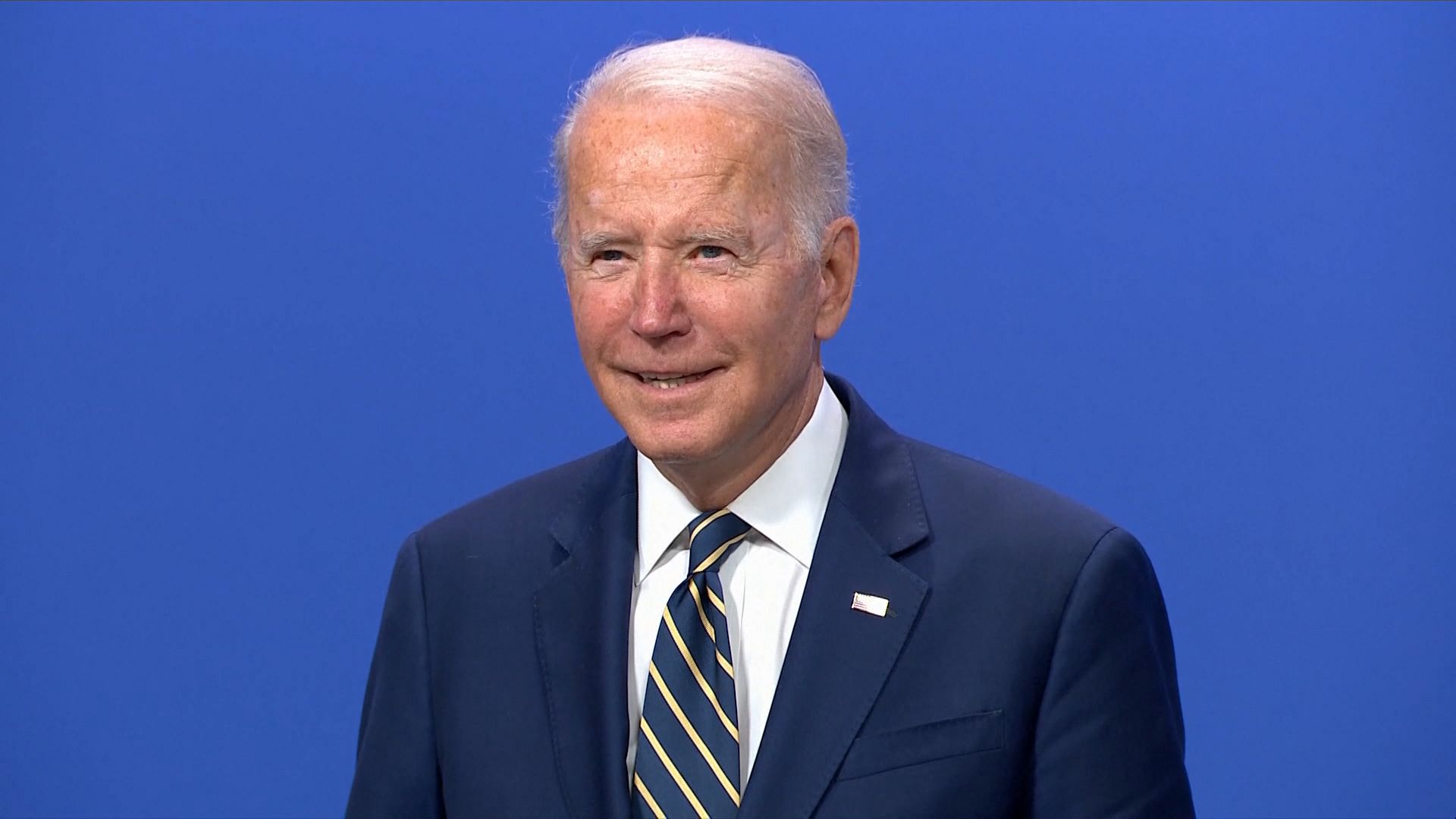Contemporary elections are a compelling environment as tradition interacts with modernity, and new players emerge to redefine the political landscape. As we gaze forward to the forthcoming voting season, it’s evident that the strategies and strategies employed by contenders and their teams have evolved dramatically. Electorates are no longer moved solely by political ties; conversely, they are increasingly drawn to non-affiliated candidates and fresh faces who challenge the norm. The growth of independents suggests a likely shift in political allegiance, prompting both traditional parties to rethink their methods.
With the approach to the 2025 election underway, numerous crucial themes are already forming. From the impact of the young voters to the issues of false information, and the continuing discussions about the durability of democracy resilience, these factors will play an critical role in shaping the future of American politics. As discontent increases over partisan stalemate and manipulation of district lines, the query remains: will we see a genuine change in how elections are conducted? This article explores these changing methods and delves into the broader implications for government, civic engagement, and the condition of the democratic system in our society.
The Emergence of Independents
In the past few years, the political landscape in the United States has witnessed a significant shift with the rise of voters identifying as independent. This demographic, which includes individuals who do n't align rigidly with either major party, is expanding rapidly and has established itself as a force to be reckoned with in elections. The upcoming election cycle is anticipated to see these voters play a pivotal role, as they frequently sway the outcomes in swing states. Their growing presence highlights a shift in public sentiment, as many Americans express displeasure with the traditional two-party system.
The trend towards being independent is not just a passing phase. Polls indicate that a significant segment of the electorate identifies as independent, reflecting a call for alternative solutions to complex political issues. This shift has prompted candidates to modify their campaign strategies, centering on issues that resonate with this varied group rather than relying solely on party loyalty. As we move nearer to the 2025 elections, understanding the motivations and preferences of independent voters will be essential for any candidate hoping to succeed.
Furthermore, the implications of this rise extend beyond voter demographics. Political parties are rethinking their platforms to attract these independent voters, often leading to more centrist positions. Browse around this site raises questions about the prospects of partisanship and whether it can survive in an increasingly fragmented political environment. As Political Potatoes unfolds, both major parties will need to address how to engage with this key voting bloc, which could likely determine the direction of American politics in the years to come.
Power Dynamics in D.C.
The political scene in Washington are transforming, with novel influencers arising and traditional alliances being strained. As nonaffiliated voters rise in appeal, they confront the traditional political framework, pressuring both the Democratic Party and the Republican Party to rethink their strategies. This transition has significant implications for future electoral battles as candidates vie for the critical segment of unaffiliated voters, which could influence the outcome in important regions.
In Capitol Hill, odd alliances are emerging, with members crossing party lines to tackle critical concerns such as immigration reform and global warming. These strange bedfellows emphasize a growing willingness among some elected officials to choose cross-party solutions over party loyalty. However, this tendency can also cause internal strife, as factions within parties grapple with differing ideologies, potentially stalling legislative progress on important projects.
Moreover, with the 2025 election looming, the political arena is further aggravated by accusations of manipulation of elections and disinformation efforts. Contenders are increasingly focused on safeguarding their messages and countering false narratives. The heightened scrutiny around the electoral process is influencing both campaign strategies and voter engagement, as the electorate calls for openness from their officials amidst persistent rumors and media speculation.
The Youth Vote's Influence

The 2025 election is poised to be a crucial moment for the young electorate, which has gradually become a key factor in determining election results. The youth have demonstrated their capacity to organize and impact critical issues such as environmental issues, education reform, and social justice. With a growing sense of urgency around these topics, candidates are adapting their platforms to resonate with this demographic, recognizing that their participation can sway outcomes in swing states.
The increase of digital platforms as a primary means of communication has transformed how political communications are spread and consumed among young voters. Campaigns are now crafted with an understanding that trending topics can significantly enhance outreach and influence. Innovative strategies, such as partnering with influential social media figures or utilizing interactive content, are increasingly common as candidates seek to capture the attention of younger constituents who are often wary of conventional political messaging.
Additionally, the youth vote poses a challenge to traditional political norms. As younger voters express their choices for candidates who embody progressive ideals and a disdain of the existing order, they are prompting both major parties to reassess their approaches. The potential for high voter turnout among this segment in the upcoming election could lead to significant shifts in policy direction, making it essential for political leaders to respond to the concerns and aspirations of the youthful electorate.
